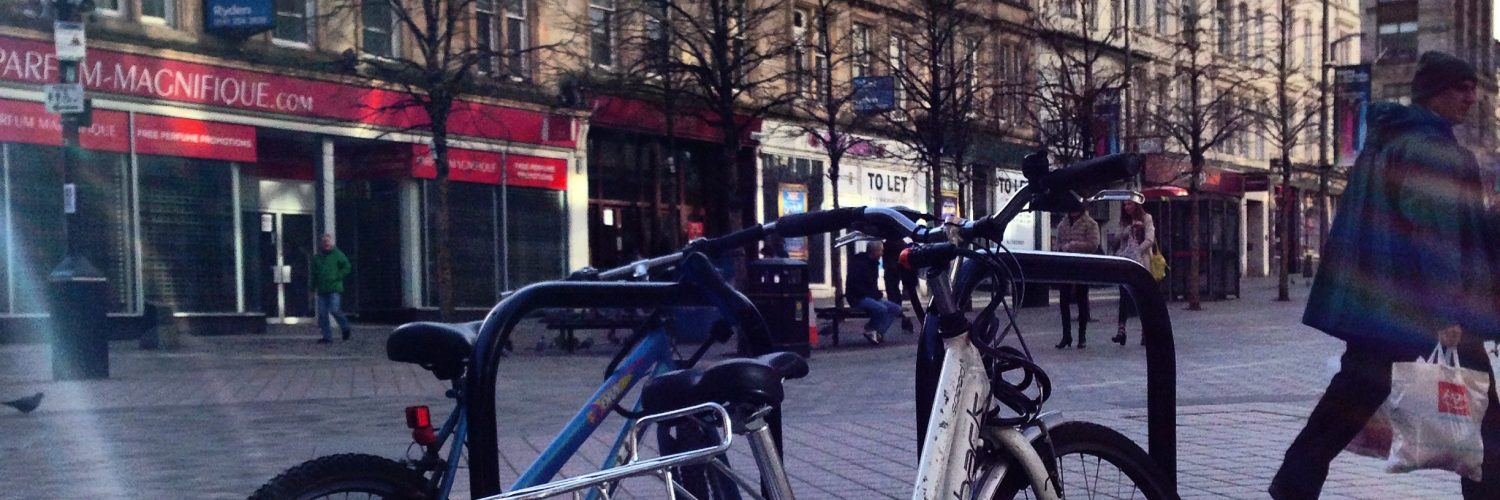GeoGraffiti
GeoGraffiti
Post de Paul Lamb, do MediaShift Idea Lab mostra como sistemas de localização e produção de conteúdo, como Geograffiti, podem ser plataformas interessantes para o “geo-jornalismo”. Vejam trechos:
“I recently began playing around with a new service called GeoGraffiti, which allows you to post or access voice notes or ‘markers’ while at a specific physical location using any cell phone. I like the idea of localized, user generated information which GeoGraffiti is a platform for. Everything from getting traffic tips to the real time reviews and tips on local restaurants or places of interest. Think of it as a kind of mobile Yelp (user generated reviews on business services, entertainment, and events) using voice instead of just text. The other nice feature of GeoGraffiti is that is allows for responses to earlier postings, so that information and conversations can evolve dynamically.
(…) People increaingly want information locally, and on the fly, as GPS and cell phone triangulation have proven. Second, social networking is going mobile, and he/she who figures out how to best tie in location-based friend/stranger scouting with user friendly information sharing is gonna benefit tremendously. (…) Finally, audio and video lend themselves better to mobile networking and interactivity than text. Text has simply been easier to use date, but that is likely to change quickly with the next generation of smartphones and open mobile platforms.
Once we do see audio and other forms of mobile and localization technologies come on line, it will simultaneously open up a number of doors for news reporting. In addition to live blogging and Vlogging, news can actually be pegged to a specific location and stories evolve in a location-specific way. Imagine, for example an accident in your neighborhood that is first “reported” on by a bystander who sees it happen and tags a text, audio, or video report to that exact location. The information (instantly available either on the Web or via sensors at the exact spot where the first report was issued from) can then be accessed by other observers or a reporter who shows up on the scene. Even after the event the now location-tagged event can be added to by anyone walking by, and that information can be accessed on the scene or on the Web via zip codes, street addresses, the victims name, or other standard search tools. A family member, for example, could post a video or picture memorial about a victim of the incident that is now available for anyone to access as they walk by the location where the accident happened. The likely value of all of this is that news becomes much more robust and accessible to the people who are most interested in it and affected by it – not to mention it encourages easy and direct participation.
(…) Citizen journalists could become the keepers of a dynamic and evolving geomap of the neighborhoods and issues they cover – potentially providing much richer participation by locals and more locally produced content that literally lives on and is tracked in reference to the streets where it happens. An exciting move in this direction is so-called geo-broadcasting, covered here. (…)”
